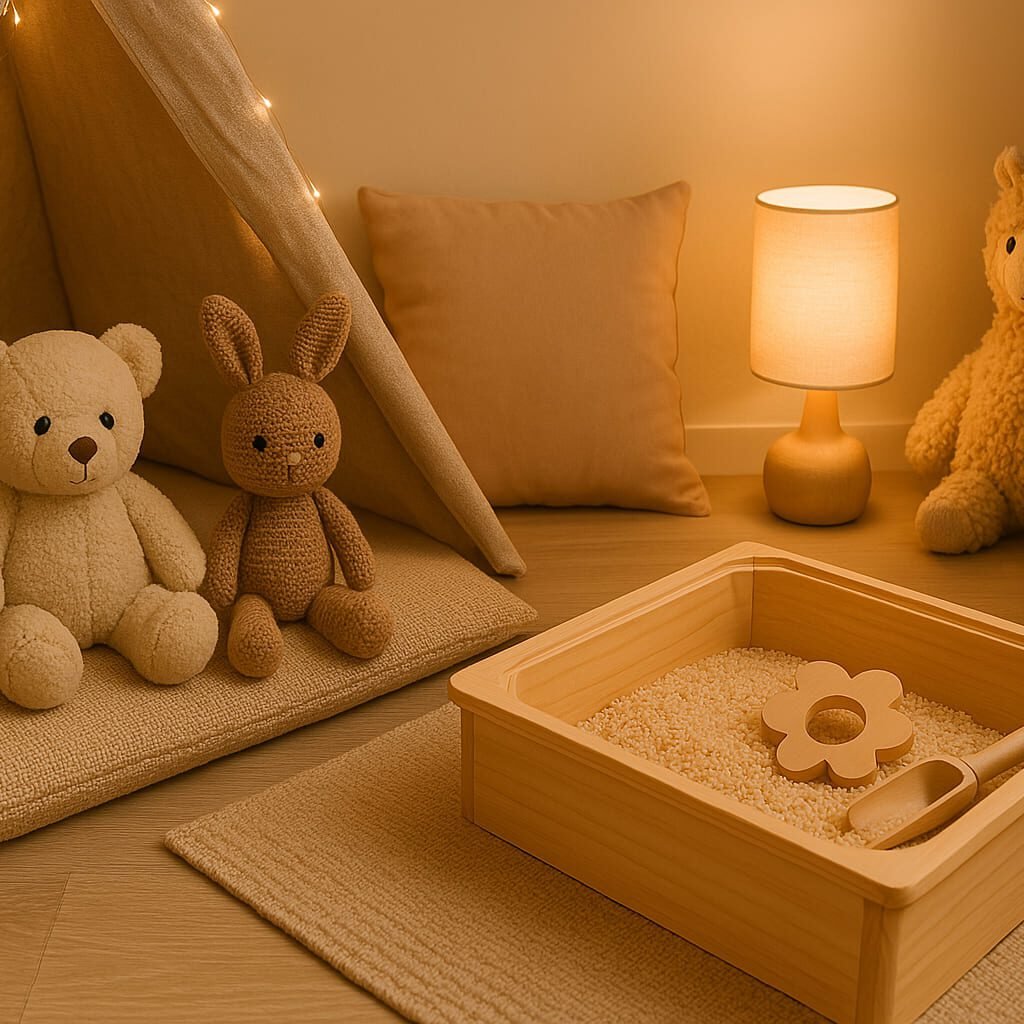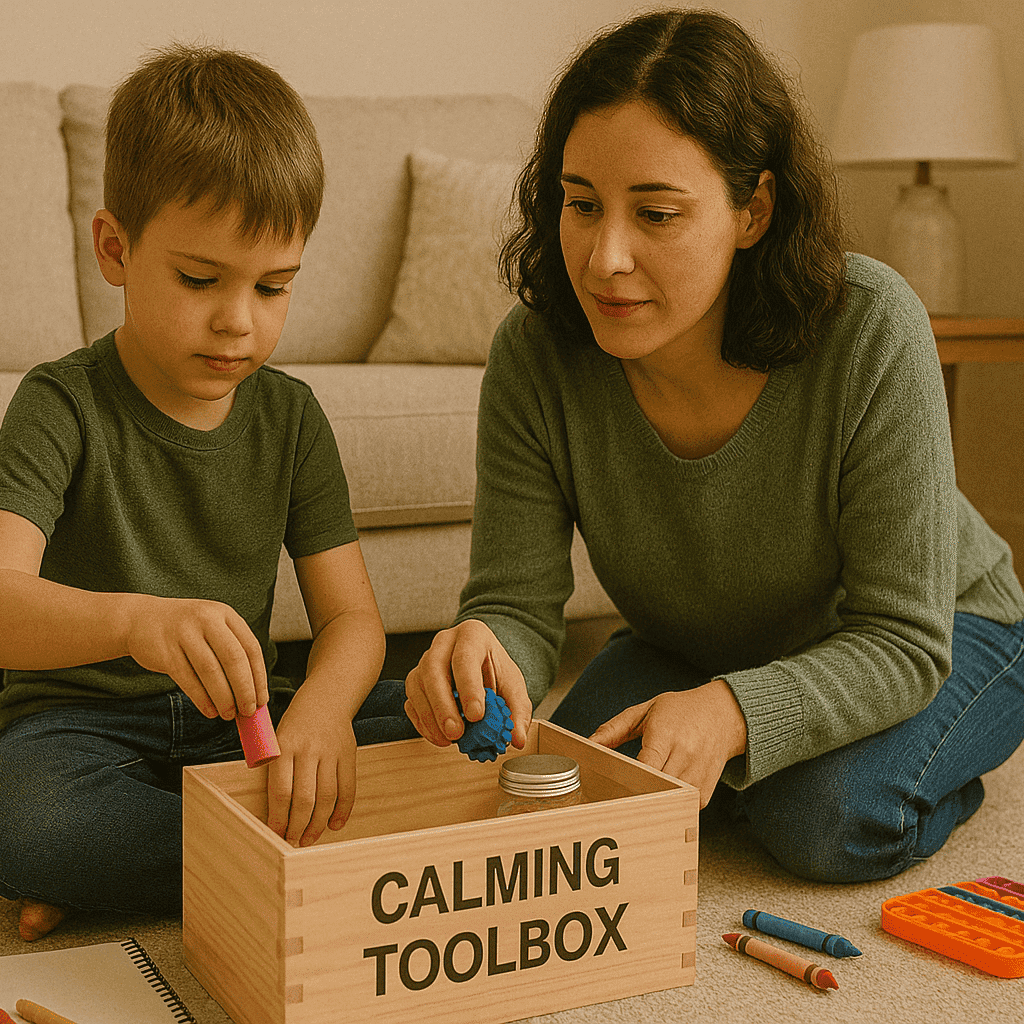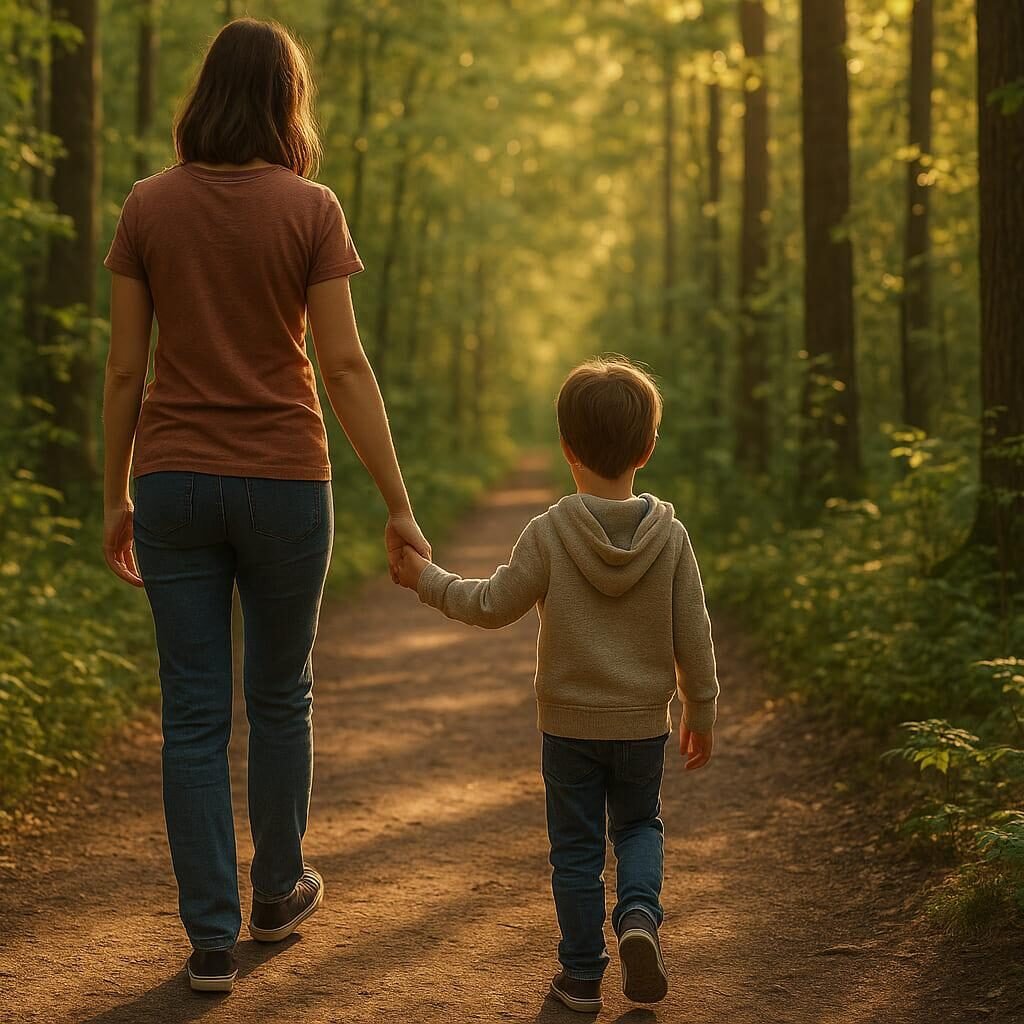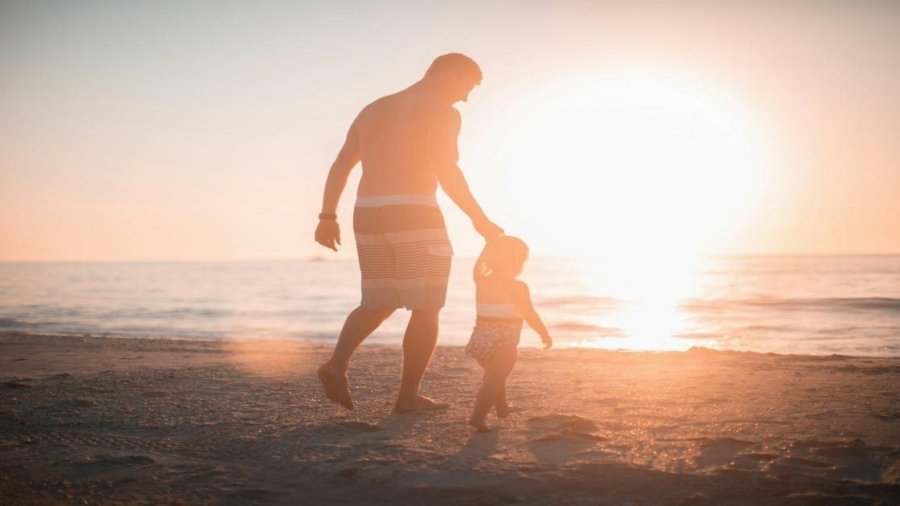Anxiety in children is more common than many realize—and far more treatable than it often seems. As a parent or caregiver, watching a child struggle with racing thoughts, avoidance, or distress can feel overwhelming. Yet, the right calming techniques for anxious children can transform not only their immediate emotional state but also their long-term resilience.
This article offers evidence-based, emotionally sensitive calming strategies that help anxious children feel safe, seen, and soothed.
Why Calming Techniques Matter for Anxious Children
Children do not always have the words to explain their worries. Instead, they may act out, shut down, or cling to familiar routines. Calming techniques teach them to notice these emotions early and respond with healthy coping tools. These strategies support emotional regulation, boost self-efficacy, and reduce feelings of helplessness.
According to the Child Mind Institute, giving children practical ways to calm their nervous systems empowers them to manage anxiety more effectively in the long term.
Understanding the Signs of Anxiety in Children
Before applying calming techniques, it is essential to recognize what child anxiety looks like. It can show up as:
- Frequent stomachaches or headaches with no medical cause
- Avoidance of school, social events, or bedtime
- Excessive worry, especially about the future or safety
- Difficulty concentrating or sleeping
- Reassurance-seeking or emotional outbursts
When you recognize these signs early, you can respond gently and proactively.
Simple and Effective Calming Techniques to Use at Home
1. Deep Breathing With Visuals
Teaching children how to breathe deeply using imagery—such as “smell the flower, blow out the candle”—can calm their fight-or-flight response. A 2023 Verywell Mind guide recommends pairing breathing with hand motions or drawing exercises for added sensory grounding.
2. Sensory-Based Grounding
Items like textured toys, calming music, weighted blankets, or soft lighting can help a child self-soothe during anxious moments. According to the Child Mind Institute, these tools work best when tailored to a child’s specific sensory preferences.

3. Mindfulness and Guided Apps
Mindfulness teaches anxious children to slow down and observe their thoughts without judgment. A 2023 clinical trial published on PubMed Central found that even short, at-home mindfulness sessions via app significantly reduced stress in children aged 8–10. Though anxiety itself may not always decrease dramatically, children learn valuable emotion-regulation skills.
4. Create a Comforting Routine
Consistent bedtime rituals, morning check-ins, and calming pre-event routines provide a sense of safety. Routines help anchor children in predictable patterns, reducing anxiety triggered by uncertainty.
5. Model Calm Reactions
Children learn how to handle emotions by watching how you handle yours. When parents name their own feelings, use calm words, and breathe through difficult moments, they give children a roadmap for doing the same. As highlighted in the article Parenting With Childhood Trauma: Breaking the Cycle, healing begins when caregivers model emotionally responsive behavior.
What Not to Do: Avoiding Common Mistakes
- Do not dismiss their feelings. Saying “You are fine” or “There is nothing to worry about” can shut children down. Instead, reflect what they say with empathy: “It sounds like you are really worried about tomorrow.”
- Avoid rescuing too quickly. Allow children to face manageable fears with your support rather than solving problems for them. Gradual exposure builds resilience.
- Do not overload with questions. Keep conversations gentle and open. Children with anxiety may struggle to answer multiple queries at once.
How to Choose the Right Technique for Your Child
Each child responds differently. The best approach is to experiment patiently with techniques, observe their reactions, and ask what feels most helpful. When a child helps choose their calming tools, they feel more in control and more likely to use them.
To explore ways to co-create this process with your child, read Managing Screen Time: Digital Dialogue Tips for Parents, which explains how collaborative conversations help build emotional skills.

The Science Behind the Calm
Mindfulness and breathing techniques are more than feel-good trends. A 2023 meta-analysis shows that mindfulness-based interventions provide small but significant benefits for children’s emotional regulation, even if anxiety relief is modest. They also improve focus, reduce reactivity, and foster empathy—foundational traits for future mental health.
When to Seek Professional Help
If anxiety continues to interfere with school, relationships, sleep, or daily activities, a licensed child psychologist or pediatric therapist can help. Early support can prevent anxiety from becoming chronic and teach families how to manage it more effectively.
In our post Understanding Emotional Dysregulation in Children, we dive deeper into signs that a child may need structured therapeutic intervention.
Final Thoughts: Gentle Support, Lasting Strength
The heart of every calming technique is connection. Children feel safest when they know someone is listening without judgment and walking beside them. These techniques are not quick fixes—they are lifelong tools you can build together, one peaceful moment at a time.




Add a Comment